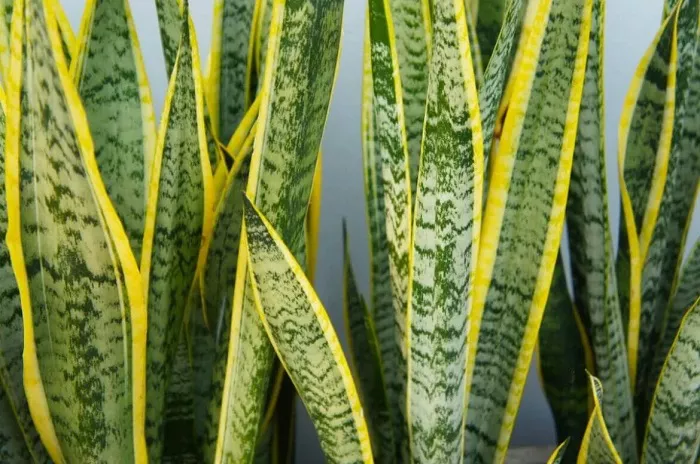Snake plants, also known as Sansevieria, are beloved for their hardiness and striking appearance. These plants are often referred to as the “perfect houseplant” due to their ability to thrive in a variety of conditions. However, understanding their light requirements is crucial for ensuring their health and longevity. In this article, we will explore the ideal light conditions for snake plants, providing practical tips and insights to help you create the perfect environment for these resilient beauties.
Understanding Snake Plants and Light
The Role of Light in Plant Growth
Light is essential for the growth and development of all plants, including snake plants. It provides the energy needed for photosynthesis, the process by which plants convert light energy into chemical energy to fuel their growth. Snake plants, native to West Africa, have adapted to thrive in various light conditions, making them versatile additions to any home or garden.
The Light Spectrum and Snake Plants
The light spectrum includes different wavelengths, each affecting plant growth differently. Snake plants can tolerate a wide range of light conditions, from bright indirect light to low light. However, understanding the specific light spectrum they prefer can enhance their overall health and appearance.
Ideal Light Conditions for Snake Plants
Bright Indirect Light: The Gold Standard
Snake plants thrive in bright, indirect light. This type of light mimics their natural habitat, where they often grow under the canopy of larger plants. Bright indirect light provides the necessary energy for photosynthesis without causing leaf burn, a common issue in plants exposed to direct sunlight for extended periods.
Low Light Tolerance: A Unique Advantage
One of the most remarkable features of snake plants is their ability to tolerate low light conditions. This makes them ideal for indoor spaces with limited natural light, such as offices or bedrooms. While they can survive in low light, it is important to note that their growth rate may slow down, and they may not reach their full potential.
Avoiding Direct Sunlight
Direct sunlight, especially during the peak hours of the day, can be harmful to snake plants. Intense sunlight can cause leaf burn, resulting in brown spots and damaged foliage. It is best to place snake plants a few feet away from windows or behind sheer curtains to filter the light.
Practical Tips for Providing Optimal Light
Choosing the Right Spot
When selecting a location for your snake plant, consider the light conditions of the space. A spot near a north-facing window is often ideal, as it provides bright, indirect light throughout the day. If you have a south-facing window, place the plant a few feet away to avoid direct sunlight.
Using Artificial Light
If natural light is insufficient, artificial light can be a great alternative. LED grow lights are particularly effective, as they provide a balanced spectrum of light that mimics natural sunlight. Choose a light with a color temperature of around 6500K for the best results.
Rotating Your Plant
To ensure even growth and prevent your snake plant from leaning towards the light source, rotate it every few weeks. This simple step can help maintain a balanced and healthy appearance.
Common Light-Related Issues and Solutions
Leaf Burn
Leaf burn is a common issue in snake plants exposed to direct sunlight. If you notice brown spots on the leaves, move the plant to a location with indirect light. Over time, the plant should recover, and new growth will appear healthy.
Slow Growth
If your snake plant is not growing as expected, it may not be receiving enough light. While they can tolerate low light, optimal growth occurs in bright, indirect light. Consider relocating the plant or supplementing with artificial light.
Yellowing Leaves
Yellowing leaves can be a sign of overwatering or insufficient light. Ensure your plant is receiving the right amount of light and adjust your watering schedule accordingly. Snake plants prefer well-draining soil and infrequent watering.
Seasonal Light Changes and Adaptation
Adjusting for Winter Light
During the winter months, natural light levels decrease, and days become shorter. Snake plants can adapt to these changes, but it is important to monitor their light conditions. If necessary, move the plant closer to a window or use artificial light to supplement their needs.
Summer Care
In the summer, snake plants can benefit from being placed outdoors in a shaded area. This provides them with fresh air and additional light, promoting healthy growth. However, be cautious of direct sunlight and extreme temperatures.
Conclusion
Snake plants are remarkable for their ability to thrive in various light conditions, making them an excellent choice for both novice and experienced gardeners. By understanding their light preferences and providing the right environment, you can ensure your snake plant remains healthy and vibrant. Whether in bright indirect light or low light, these resilient plants will bring beauty and life to any space.


